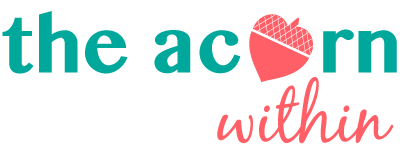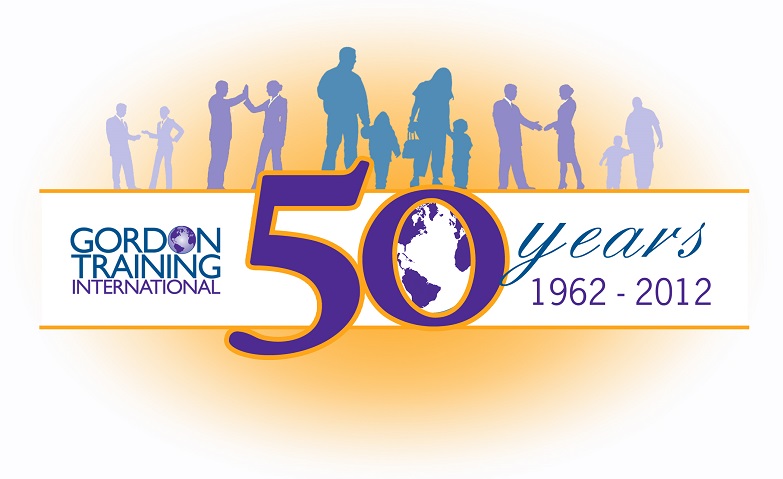Committed to Congruence
Last week, I resolved anew to be as congruent as I can for the rest of my life. I'll save my story of why for another time and just lay some groundwork now because, seriously, when was the last time you thought about the word congruence?
Like, never? Naw, c'mon, think back to geometry and maybe some bells will start ringing. You know, those identical triangles where all sides and angles are equal.
This is how the word, according to Thomas Gordon, applies to people:
Congruence refers to the similarity of what a person (the sender) is thinking or feeling, inside, and what he communicates to the outside. When a person is being congruent, we experience him as "open," "direct," "honest," or "genuine."
-- P.E.T. Workbook p. 50
My congruence journey started with the feelings inventory that gets handed out in the session on Active Listening. Parents' reactions to it range from casual curiosity to deep wonder -- I was in the latter group. I mean, there are a whopping 162 emotions listed under the "Feelings when your needs are not satisfied" heading! Parents definitely find themselves reaching for the list when trying to identify kids' emotions.
Let me say that, in the course, we don't actually discuss congruence until we get to confrontation. Here, though, I want to share how this concept helped me when I had trouble early on when I did not WANT to Active Listen my child.
I'm talking about the times when he was hitting, screaming, pushing or grabbing, and I was so triggered that I couldn't or wouldn't accept those behaviors as cues that he was having trouble. I was too troubled myself to muster up the bandwidth to go to his aid.
I was flailing until the instructor suggested I AL myself. What a concept! I would find that, for me, this trumped some of the other cool-down strategies that had been floated -- reading a book, making a cup of tea, going for a run etc.
But I had been so mired in the habit of ignoring myself that I faced the steepest of learning curves. I discovered that, when upset, I was grossly incongruent in the way I interacted with the outside world and, sadly, my kids.
What I usually showed was only a sliver of the truth. Not surprisingly, the words on the feelings list that I was most facile with were those that had to do with anger. In fact, my oft-heard refrain about my middle child (a strongly autonomous little boy who simply wanted, more than his siblings, to be captain of his own ship) was that he "made my blood boil."
Anger, however, is literally just the tip of Gordon's iceberg! He says below it usually lies a huge unexplored mass of primary emotions. He gives the example of a driver cutting you off suddenly on the highway. You might start a diatribe or flip him the bird (my imagery) but Gordon says your anger is only a secondary emotion; first you tasted real fear -- "He could have crashed into me!!" Gordon says that if we want to communicate more honestly, it behooves us to investigate. I took his words to heart.
I was lost at first. Willing myself to pause, I would sometimes tell the kids, "Wait! I'm so angry but I don't want to yell at you guys. I need to go check my list because I don't know what I'm feeling!"
Closing my door, I would throw myself onto the bed and pore over that sheet, asking myself over and over again, "What am I feeling?" "What am I needing?" (Oh yeah, we got a list of needs too -- that's another post.) I started carrying the lists around in my pocketbook for quick reference. I was emotionally illiterate but determined as heck.
I worked that feelings list good. Here are some of the primary emotions that I came to see:
Frightened
Worried
Confused
Disconnected
Troubled
Uneasy
Ashamed
Self-conscious
Burnt out
Heartbroken
Hurt
Despairing
Hopeless
Overwhelmed
Vulnerable
Insecure
Sometimes, just for a moment, I would let myself lie there with those new feelings and my face and body would slump with sadness, fatigue and helplessness -- this was truly radical for someone who drove herself so hard. This pause and "allowing" was vastly more congruent than my usual stance of spine rod-straight in fight-mode while sending angry You-Messages: "Here we go again! You know just how to push my buttons. You can't ever be easy about anything! Can you stop acting like that?"
I longed to parent in a different way and now, hallelujah, I am. The key for me was to swim around under the surface rage. What I found was that I was hurting and in need of some acceptance and love, just like my children. Connecting first to my own experience helped me step out of it with a heart open enough to want to help them.
This intention to be congruent began a "natural expansion" of compassion that Tara Brach described recently in a mindfulness course I took:
If you can recognize and allow what's difficult and raw and painful inside you, that recognition and allowing -- that clear seeing and saying yes -- will start widening to include others.
Those "others" were three of the most precious people on earth to me. So, yes, I fully buy into this thing called congruence.
P.S. In case you are wondering about the kids' behavior described above and what I did/do about that, let me say a few words. What I love about P.E.T. is that it sends a strong message to parents that we deserve to get our needs met and shows us how to confront effectively when it's called for. The course also acknowledges that we feel so strongly about values, and I certainly want to guide my kids toward more socially acceptable ways to express their upset. It's about timing: when a child is drowning is not the time for a swimming lesson! I do congruently share my primary emotions -- frustrated, worried, scared -- but that discussion usually comes after I help my kids cool down and solve their own problem. And now I know how to share my values respectfully and in ways that maximize my chance of having real influence.
Have a look at the full list in all its glory. Maybe you'd like to share in the comments what some of your primary emotions are. Does the practice of naming them help you too?
Credits: Triangles are from http://www.wyzant.com/resources/lessons/math/geometry/triangles/congruent_triangle






